Experts explain how breast cancer stays silent and what women must know
Tue 18 Nov 2025, 00:57:21
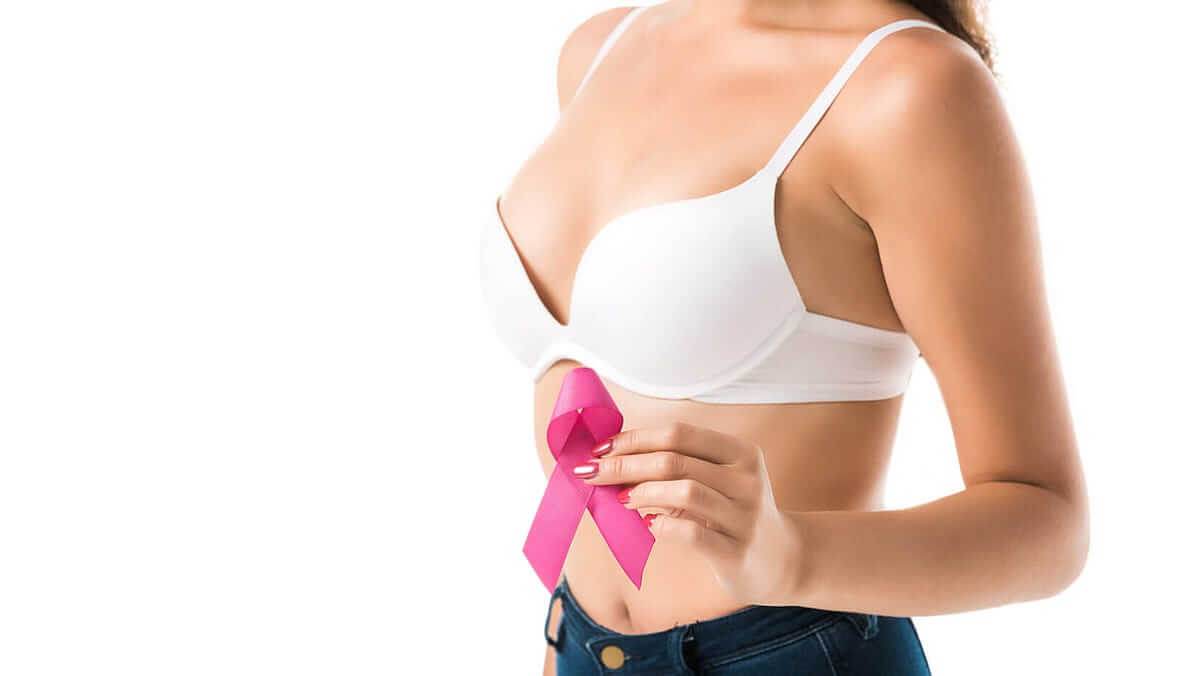
When Mahima Chaudhry revealed she had no symptoms before her breast cancer diagnosis, it struck a nerve with women everywhere. How can something so serious hide so quietly? Doctors say that’s exactly why breast cancer remains one of the world’s most misunderstood diseases, especially among younger women who assume they’re “too young” or “too healthy” to be at risk.
In an interaction with ANI, Mahima said, “There were no symptoms. I didn't go in for a breast cancer screening. I just went in for a yearly check-up. I had no clue I had breast cancer. Cancer is something that you can't recognise on your own early. It can only be detected early through tests. So if you keep going in for a yearly check-up, you will be able to detect it early and seek early treatment.”
Why breast cancer often stays silent
According to Dr Pragnya Chigurupati, Breast Oncoplastic Surgeon at AIG Hospitals, Hyderabad, breast cancer can progress without any obvious symptoms, especially in early stages. Because younger women tend to have denser breast tissue, small tumours can remain masked. In many cases, “a woman may feel absolutely fine until the disease is more advanced,” she explains.
Adding to the challenge, 70–75% of diagnosed women have no family history, says IVF specialist Dr Ruchi Bhandari, which means most people at risk don’t even know they’re at risk.
How often should women check their breasts?
Dr Chigurupati recommends:
. For menstruating women:
Do a Breast Self-Examination (BSE) once a month, preferably 3–5 days after your period, when breasts are least tender.
. For menopausal women:
Pick one fixed day every month and stick to it.
And regardless of age, if something feels “off”, don’t wait, get it checked.
How to check your breasts correctly (doctor-approved BSE guide)
Dr Chigurupati suggests a simple, reliable method:
Step 1: Stand in front of a mirror
. Look for changes in size, shape or symmetry.
. Check for dimpling, swelling, skin puckering or nipple inversion.
Step 2: Raise your arms
. Look again for any visible changes.
Step 3: Use your fingers to feel
. With the pads of your three middle fingers:
. Move in small circular motions
. Cover the entire breast from outer edge → centre
. Don’t forget the underarm area, where lymph nodes sit
Step 4: Repeat lying down
. This helps feel deeper tissue.
. If anything feels
different, not necessarily painful, contact a breast specialist.
different, not necessarily painful, contact a breast specialist.
Why breast cancer is rising in younger women
According to Dr Deepak Jha, Chief of Breast Surgery at Artemis Hospitals, the shift is real and worrying. Women under 40 are being diagnosed at higher rates, and often with more aggressive tumours.
He explains four major reasons:
1. Lifestyle changes
. Higher intake of processed foods
. Sedentary routines
. Alcohol and smoking at younger ages
These factors increase body fat, which raises oestrogen levels, fuelling tumour growth.
2. Reproductive and hormonal shifts
. Delayed childbirth
. Fewer pregnancies
. Shorter breastfeeding duration
. Early periods / late menopause
All these increase cumulative hormone exposure.
3. Genetic factors
BRCA1/BRCA2 mutations are being detected more often due to improved testing. “Many young women carry mutations they never knew about,” says Dr Jha.
4. Stress, chemicals and disrupted routines
Endocrine-disrupting chemicals in plastics, beauty products, cleaners and chronic stress can affect hormonal balance, especially in urban lifestyles.
Breast cancer myths busted
Dr Ruchi Bhandari highlights myths she sees every day:
Myth 1: “No lump means I’m safe.”
Fact: Many breast cancers have no palpable lump.
Myth 2: “Only women with a family history get it.”
Fact: Most cases are in women without a family history.
Myth 3: “Only older women get breast cancer.”
Fact: Cases under 40 are rising faster than ever.
Myth 4: “Mammograms cause cancer.”
Fact: They detect cancer early, but they don’t cause it.
Myth 5: “Breastfeeding makes you immune.”
Fact: It reduces risk but doesn’t eliminate it.
When to see a doctor immediately
1. Seek medical advice if you notice:
2. A new lump or persistent thickening
3. Nipple discharge (especially bloody)
4. Skin dimpling or texture changes
5. Persistent breast pain
6. Underarm swelling
7. Any sudden change in one breast
8. Early detection can raise survival rates to over 90%.
There is a lesson to be learned from Mahima's story, always keep an eye on your bodily changes!
No Comments For This Post, Be first to write a Comment.
Most viewed from Health
AIMIM News
Latest Urdu News
Most Viewed
May 26, 2020
Who will win The 2025 ICC Women's Cricket World Cup?
Latest Videos View All
Like Us
Home
About Us
Advertise With Us
All Polls
Epaper Archives
Privacy Policy
Contact Us
Download Etemaad App
© 2025 Etemaad Daily News, All Rights Reserved.


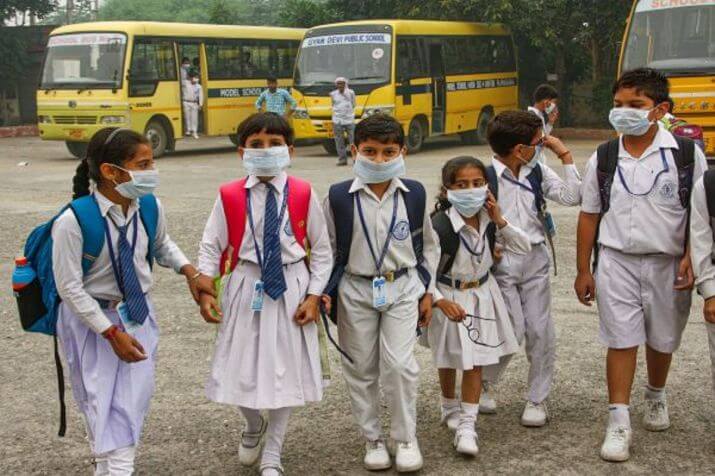
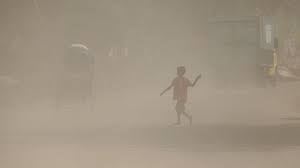
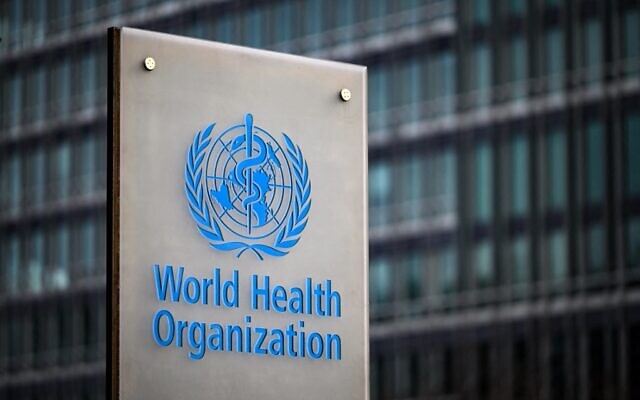
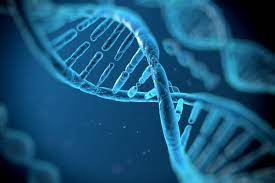




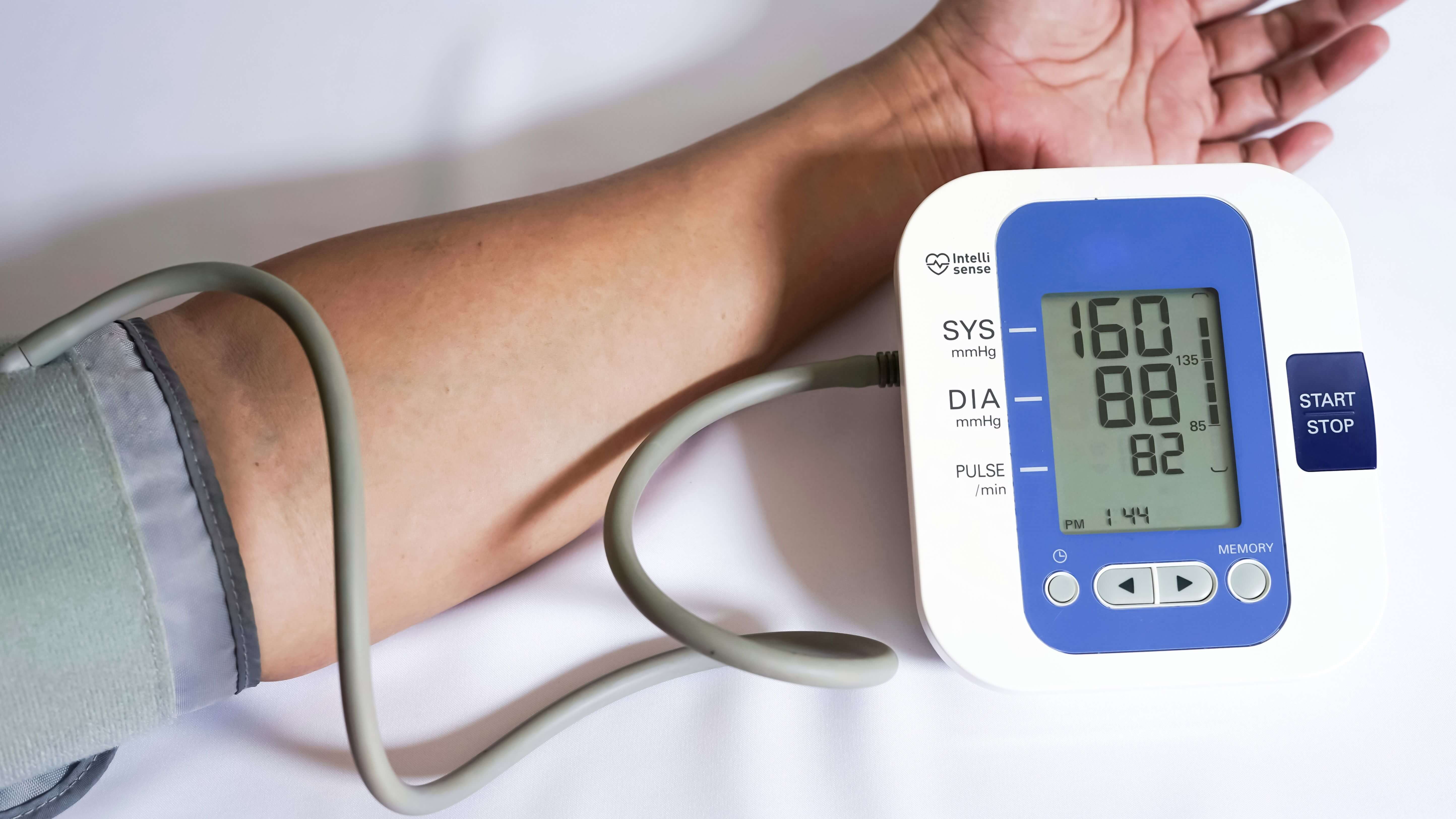









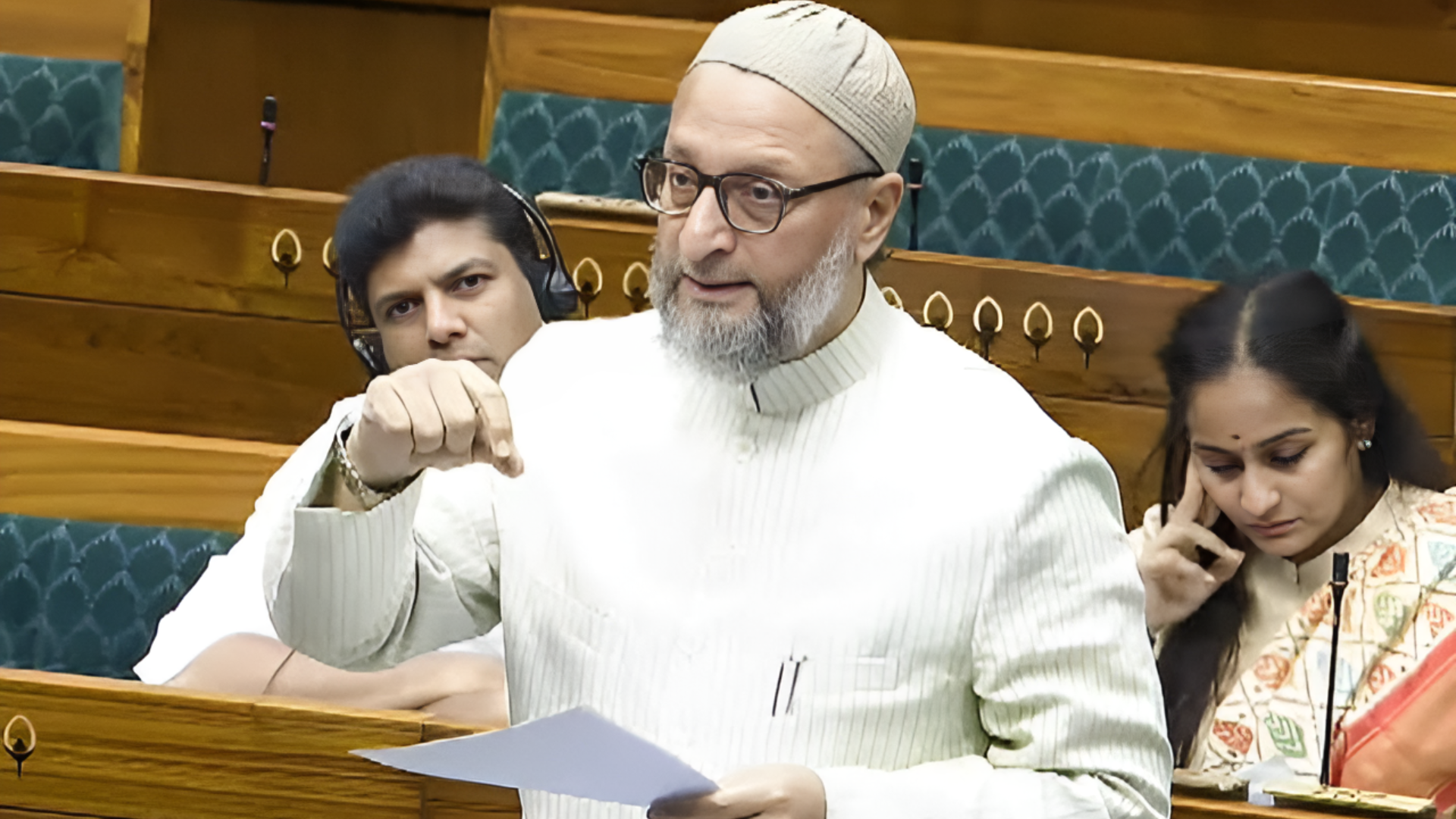



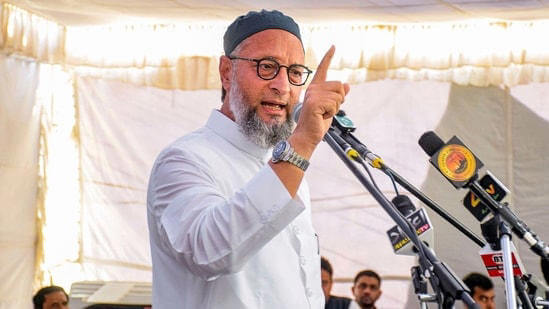
.jpg)
.jpg)
.jpg)


